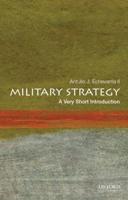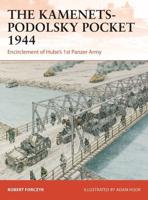Publisher's Synopsis
Although Anaconda was successful in achieving its objective of clearing al Qaeda fighters out of the Shah-i-Kot Valley, the planning and execution errors associated with this operation have provided a wealth of valuable lessons for the United States military. This book reviews the events of Anaconda and through a detailed analysis, examines the various criticisms it received. Critical shortfalls associated with CENTCOM's upper level command and control structure are revealed as the primary source of the confusion and problems surrounding the operation. Particular attention is paid to General Frank's controversial decision to lead such a large military effort from his Tampa headquarters; nine and a half time-zones away from the fight. It is concluded that despite errors resulting from this decision, it was in fact a viable strategy that offered many inherent benefits. By implementing the lessons learned from General Franks' long distance leadership, in conjunction with the latest academic recommendations on the subject, valuable guidelines are provided for combatant commanders choosing to lead this country's future conflicts from a headquarters geographically removed from the theater of operation.









